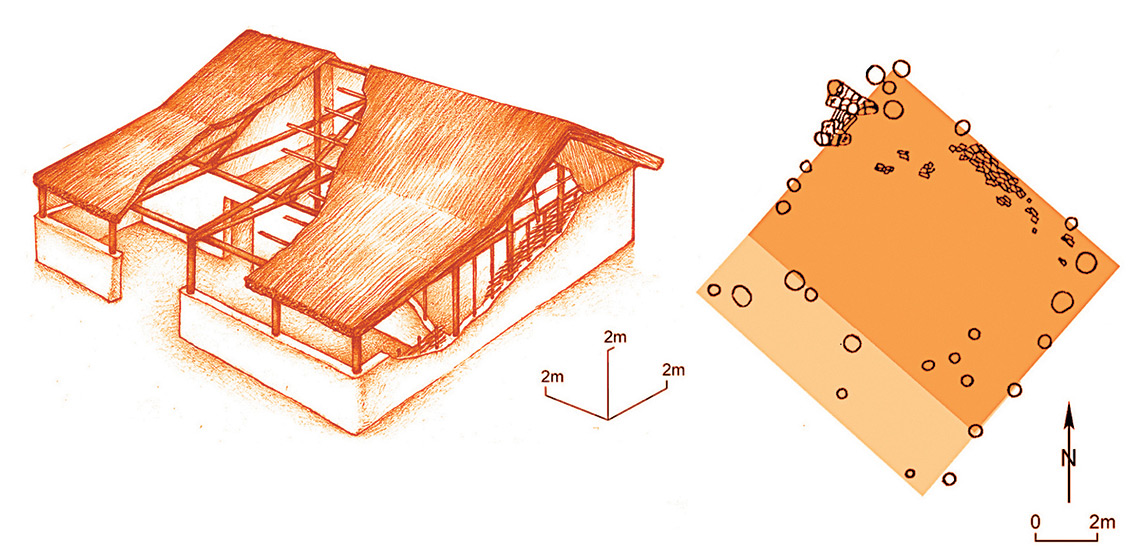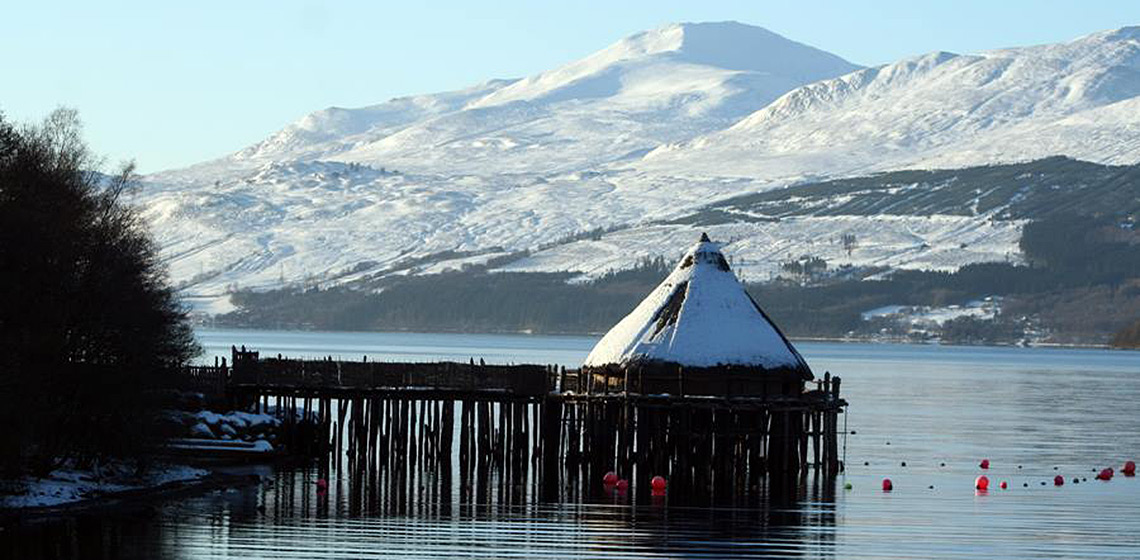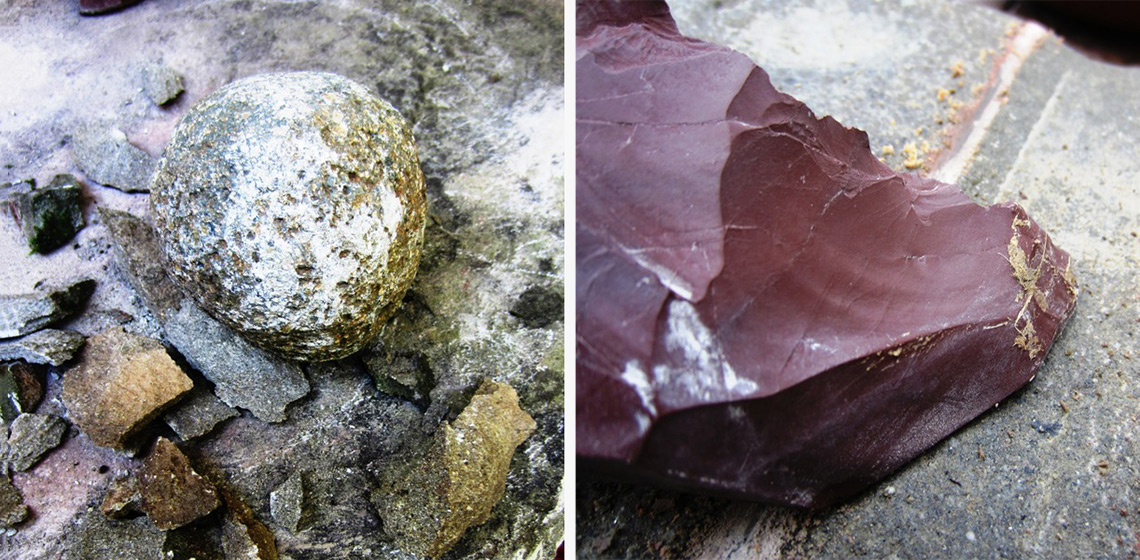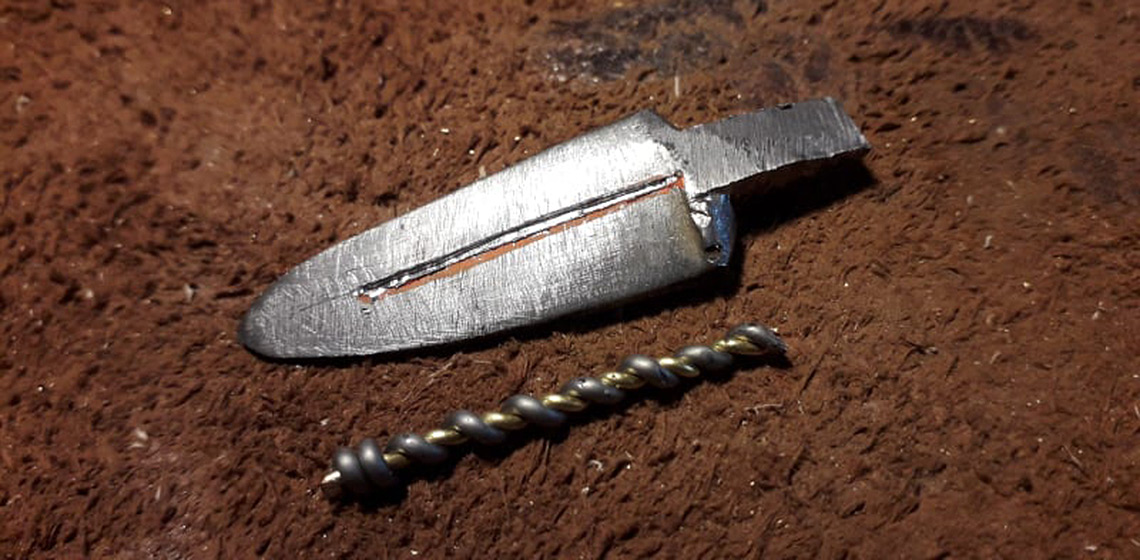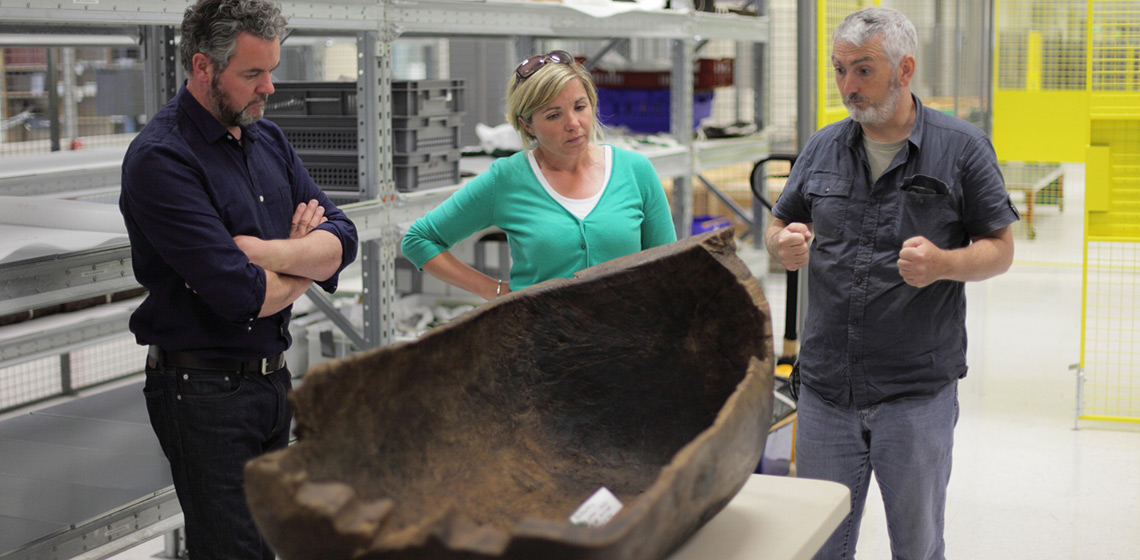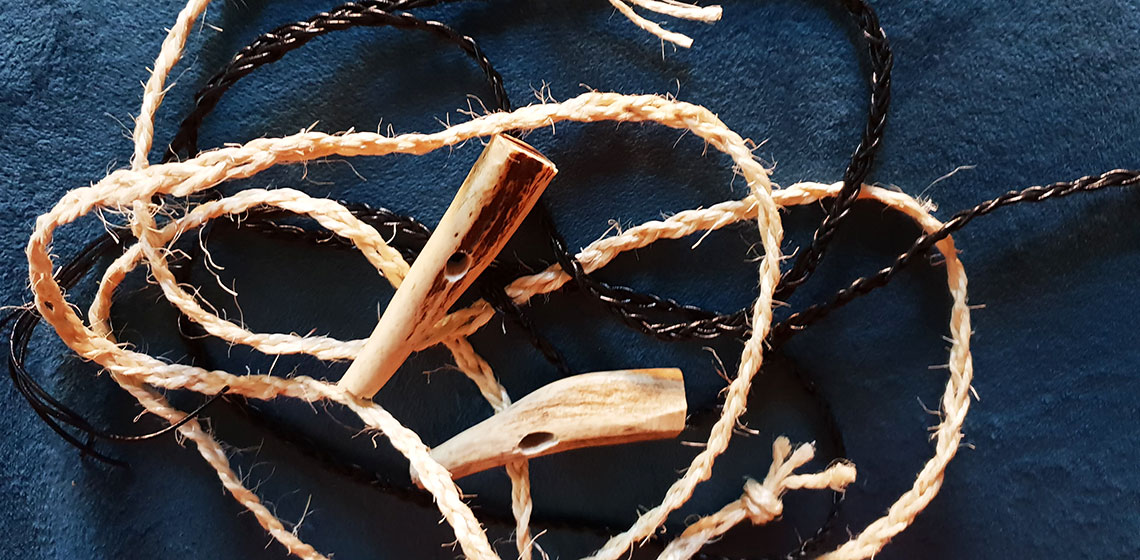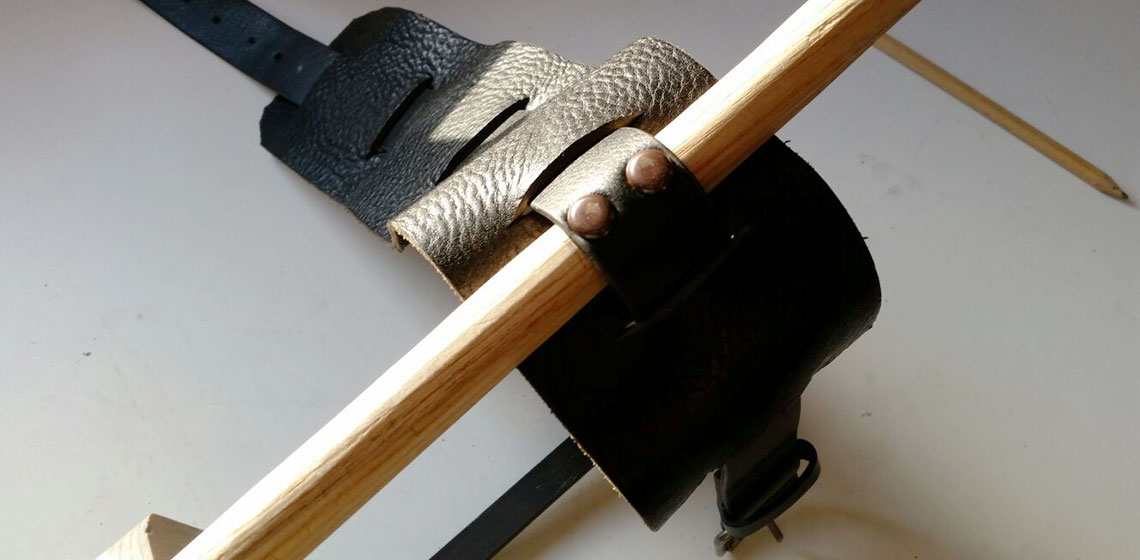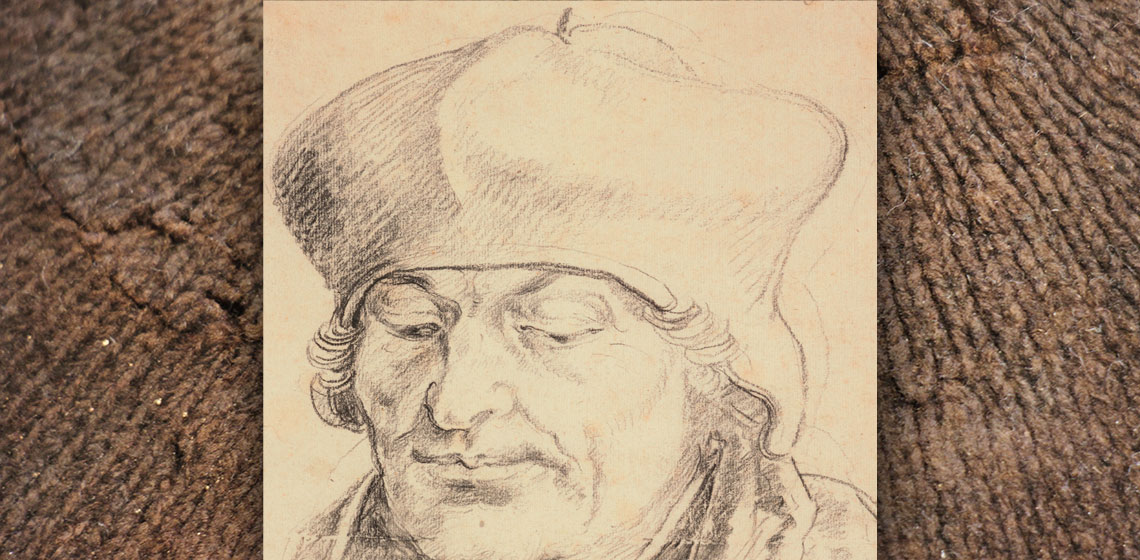(De)constructing the Mesolithic. A History of Hut Reconstructions in the Netherlands
Introduction
Creating reconstructions of the past has occupied a central position within the archaeological discipline from its early days (Clark, 2010, p.64). Reconstructions are often considered essential for visualizing the past and for translating abstract archaeological remains into more comprehensible narratives for the larger audience. Such visualisations, in the broad range of the word, can be more easily and readily understood than a complicated textual description.

